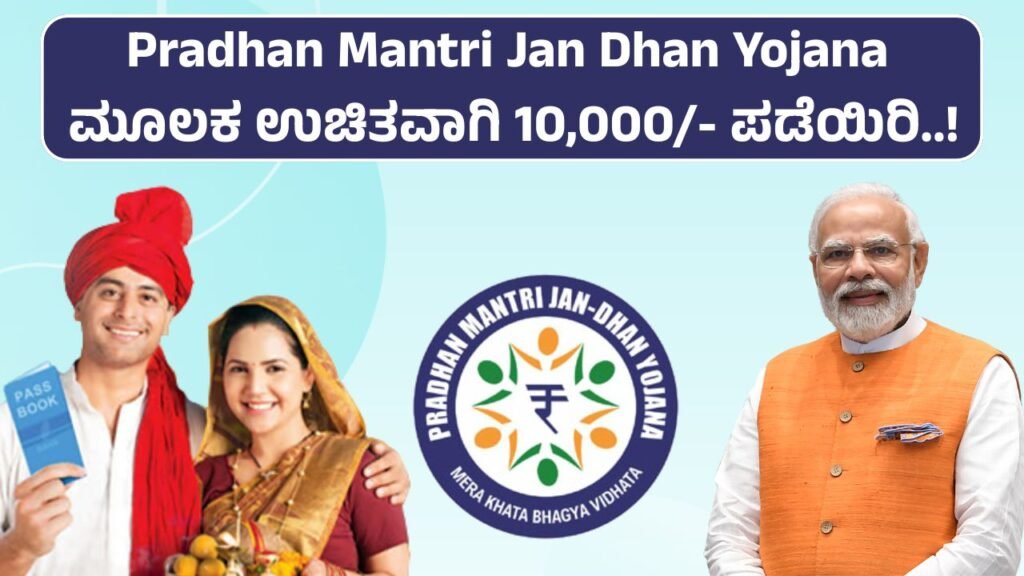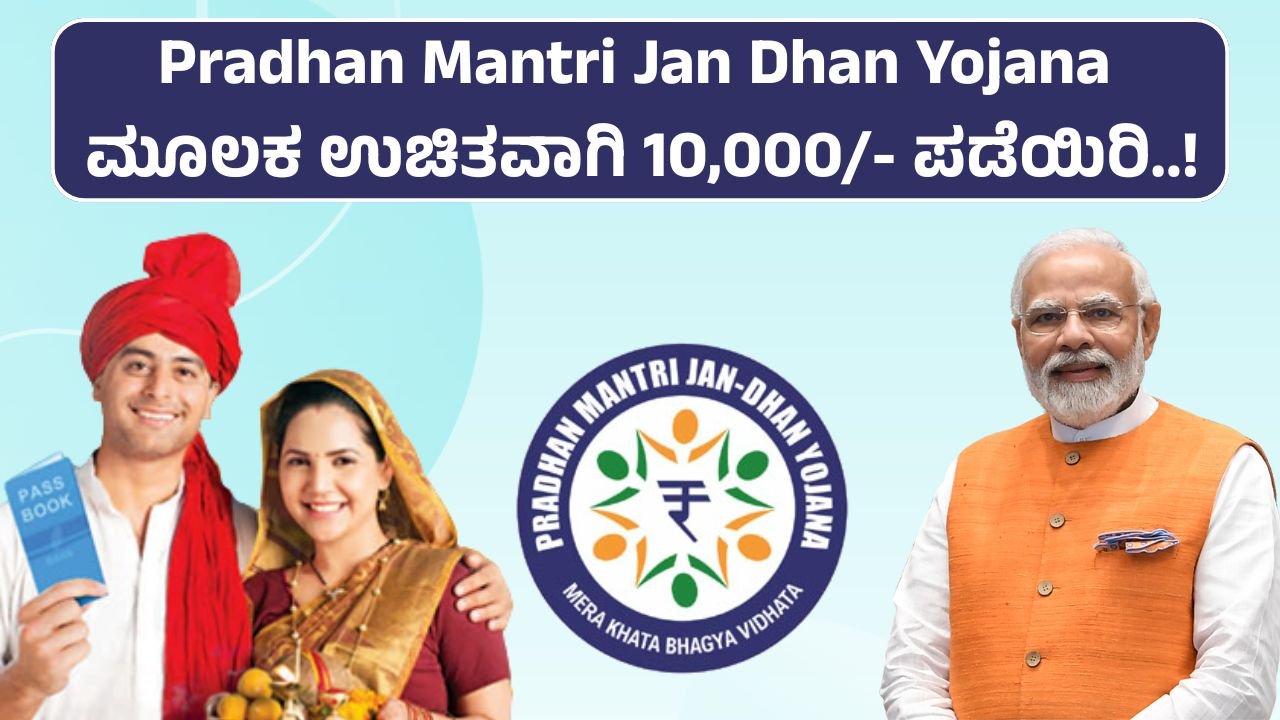Introduction:
The Pradhan Mantri Jan Dhan Yojana (PMJDY) is a flagship financial inclusion program launched by the Government of India on August 28, 2014, by Prime Minister Narendra Modi. Its primary objective is to ensure affordable access to financial services such as banking, savings and deposit accounts, remittance, credit, insurance, and pension in an inclusive manner, especially for the economically weaker sections of society.

Objectives of PMJDY
The key goals of the PMJDY scheme are:
- To provide every household in India with at least one basic bank account.
- To offer financial literacy to promote awareness about saving and investment.
- To enable direct benefit transfer (DBT) of subsidies and welfare payments into bank accounts.
- To offer access to credit, insurance, and pension facilities.
The scheme was envisaged as a way to promote economic empowerment by bringing the poor into the formal banking system, thereby reducing their dependence on informal moneylenders and other exploitative financial channels.
Key Features of PMJDY
- Zero Balance Accounts: Individuals can open a basic savings bank deposit account with zero balance in any bank.
- RuPay Debit Card: Every account holder receives a RuPay debit card, which can be used for cash withdrawals and payments.
- Accident Insurance Cover: An accidental insurance cover of ₹1 lakh (later increased to ₹2 lakh for accounts opened after August 28, 2018) is provided with the debit card.
- Life Insurance Cover: A one-time life cover of ₹30,000 is available for eligible beneficiaries who open their accounts within the stipulated time.
- Overdraft Facility: After six months of satisfactory operation of the account, an overdraft facility of up to ₹10,000 is offered.
- Direct Benefit Transfer (DBT): PMJDY facilitates the direct transfer of government subsidies like LPG subsidies, MGNREGA wages, pensions, and other welfare payments directly to beneficiaries.
Achievements and Impact
As of 2025, the PMJDY has been a landmark success in financial inclusion. According to official data:
- Over 50 crore bank accounts have been opened under the scheme.
- More than ₹2 lakh crore has been deposited collectively in these accounts.
- A majority of the accounts are held by people from rural areas and semi-urban locations, with a significant percentage belonging to women.
The scheme has helped reduce financial untouchability, brought millions into the formal economy, and improved transparency in the delivery of government services. It has also played a crucial role in reducing leakages and ensuring the timely delivery of benefits.
PMJDY gained even more importance during the COVID-19 pandemic, when the government used it as a vehicle to disburse emergency financial aid to the poor and vulnerable sections of society.
Challenges
Despite its success, PMJDY has faced several challenges:
- Many accounts remained dormant or inactive due to lack of regular use.
- Some account holders lacked adequate understanding of banking services.
- Banking infrastructure in remote areas is still inadequate, leading to difficulties in account access.
However, efforts have been made to address these concerns through financial literacy campaigns, expanding Bank Mitra networks, and using mobile banking and digital platforms.
Conclusion
The Pradhan Mantri Jan Dhan Yojana has been a transformational initiative in the history of financial inclusion in India. It has brought millions of unbanked individuals into the banking fold, empowered women, and laid the foundation for a cashless and digital economy. While there is scope for improvement, PMJDY stands as a testament to the government’s commitment to inclusive growth and economic justice for all.
